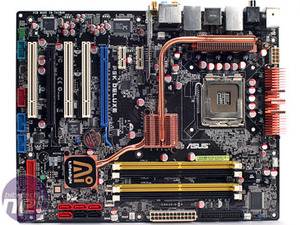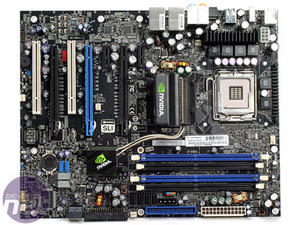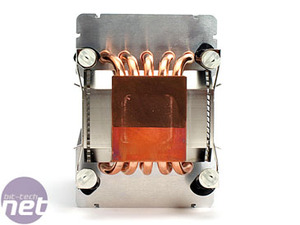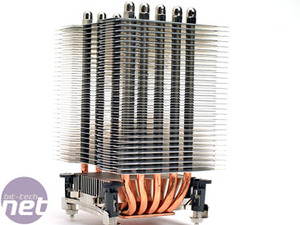Introduction:
When we looked at Intel’s refreshed line of Core 2 processors last week, we came to the decision that Intel’s Core 2 Quad Q6600 offered the best value for money out of all of Intel’s range of processors.Due to an overwhelming demand from not only members of the bit-tech community but also from many other readers via email, we are here today to extend our investigations into Intel’s Core 2 Quad Q6600 with a bit of overclocking on two motherboards based on Intel’s P35 and also Nvidia’s nForce 680i SLI chipsets.
Since Intel’s July 22nd price cuts should have now come into effect, you will find many retailers selling the Core 2 Quad Q6600 for somewhere south of £190 (inc. VAT). Although the higher clocked Core 2 Duo E6850 is available for around the same price, it’s pretty hard to ignore the lure of quad-core and the potential benefits that come with it.
Gaming isn’t an area where the higher-clocked dual-core processor really makes a telling difference because gaming performance in today’s games is ultimately limited by the graphics card installed in the system. However, there are an increasing number of applications that really show off some decent performance improvements as a result of moving to quad-core.
Hardware Choices:
In order to overclock this processor, we selected two motherboards based on what are probably the most popular chipsets the Core 2 Quad Q6600 is likely to find itself being used in conjunction with: Intel’s P35 chipset and Nvidia’s nForce 680i SLI. For the former, we used Asus’ P5K Deluxe motherboard, which has been at the heart of our recent Intel CPU benchmarking rig for about a month now and for the latter, we used XFX’s “designed by Nvidia” nForce 680i SLI motherboard with the latest P30 BIOS locked and loaded.As we’re overclocking a CPU that has a Thermal Design Power of 105W at its stock clock speed of 2.4GHz, we needed to cool it with an adequate cooling solution. Our weapon of choice in this case was a Scythe Infinity with its default 120mm fan spinning at around 1200 RPM. We’ll have a full review of this cooler in the near future, but for now we’ll say that it performs well but has a few mounting-related flaws.
If the rumours we’ve heard are true, Intel is planning to lower the TDP to around 95W on the Core 2 Quad Q6600 with the introduction of the G0 stepping so your overclocking experiences might be better with that particular stepping, as heat should be less of a problem. Having said that though, it’s worth remembering that overclocking is a lottery and as a result of that the overclocking experiences we’re sharing here should be taken “as is”. We cannot guarantee that all Q6600s will overclock as well as this particular example, but it should give you an idea of what you can expect to see.
To round off our system, we used a pair of Kingston HyperX PC2-8000 modules running at 2.25V with 4-4-4-12 timings. The memory speed varied between the two boards we tested, because we achieved different maximum overclocks on them. Aside from that, every other component was the same – we’ve detailed the rest of the components on the Test Setup page.

MSI MPG Velox 100R Chassis Review
October 14 2021 | 15:04













Want to comment? Please log in.